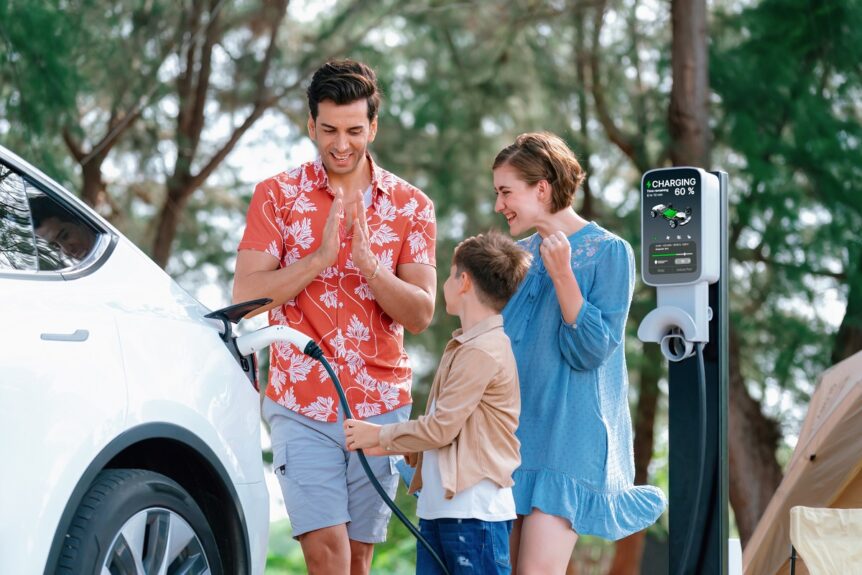Embracing technology can make sustainable living easier and more effective. Here are 23 ways to use technology to reduce your environmental impact and live a more eco-friendly life.
1. Smart Thermostats
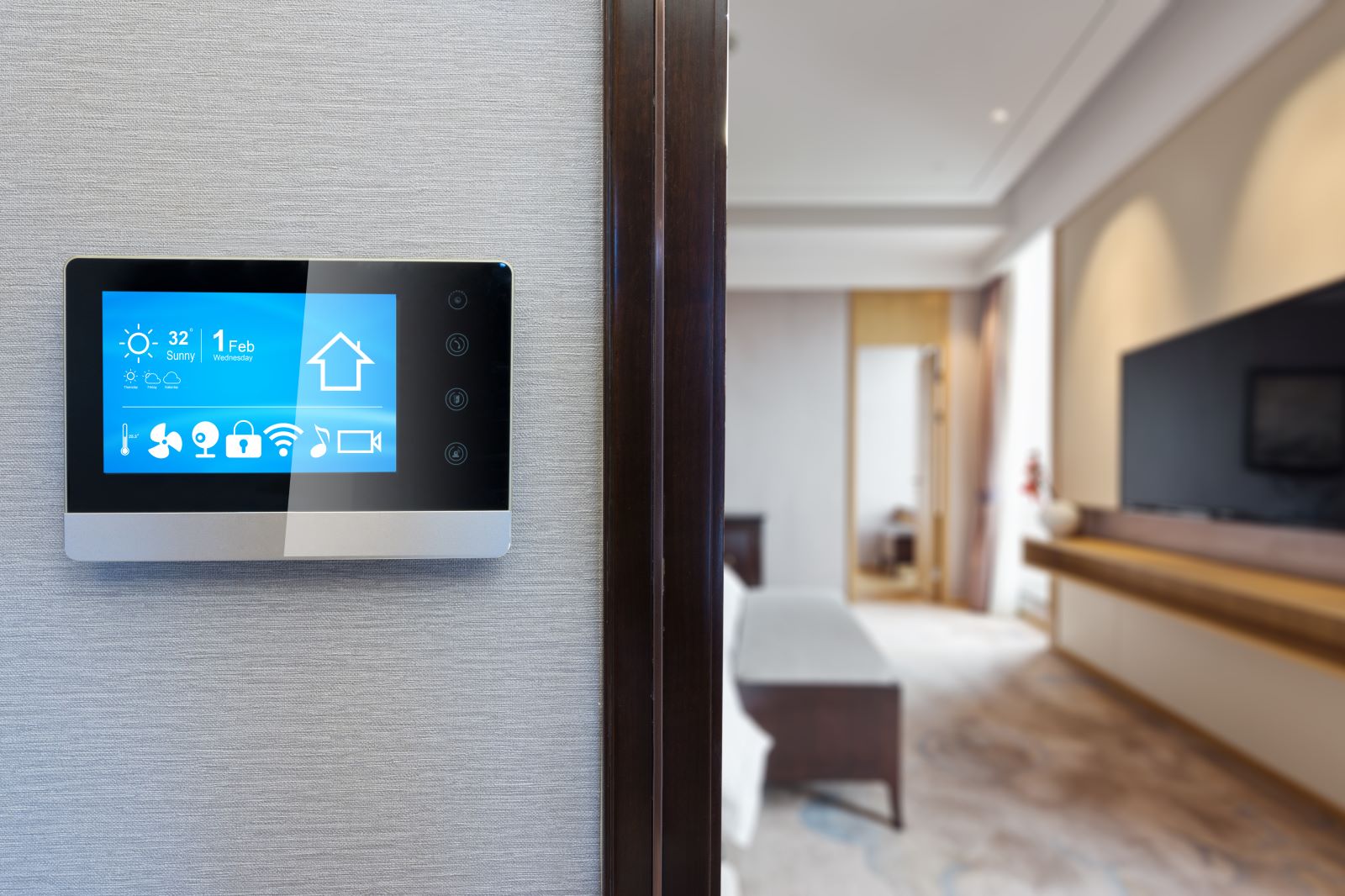
Image Credit: Shutterstock / zhu difeng
Install a smart thermostat like Nest or Ecobee to optimize your home’s heating and cooling. These devices learn your schedule and adjust temperatures automatically to save energy and reduce utility bills.
2. Energy Monitoring Apps
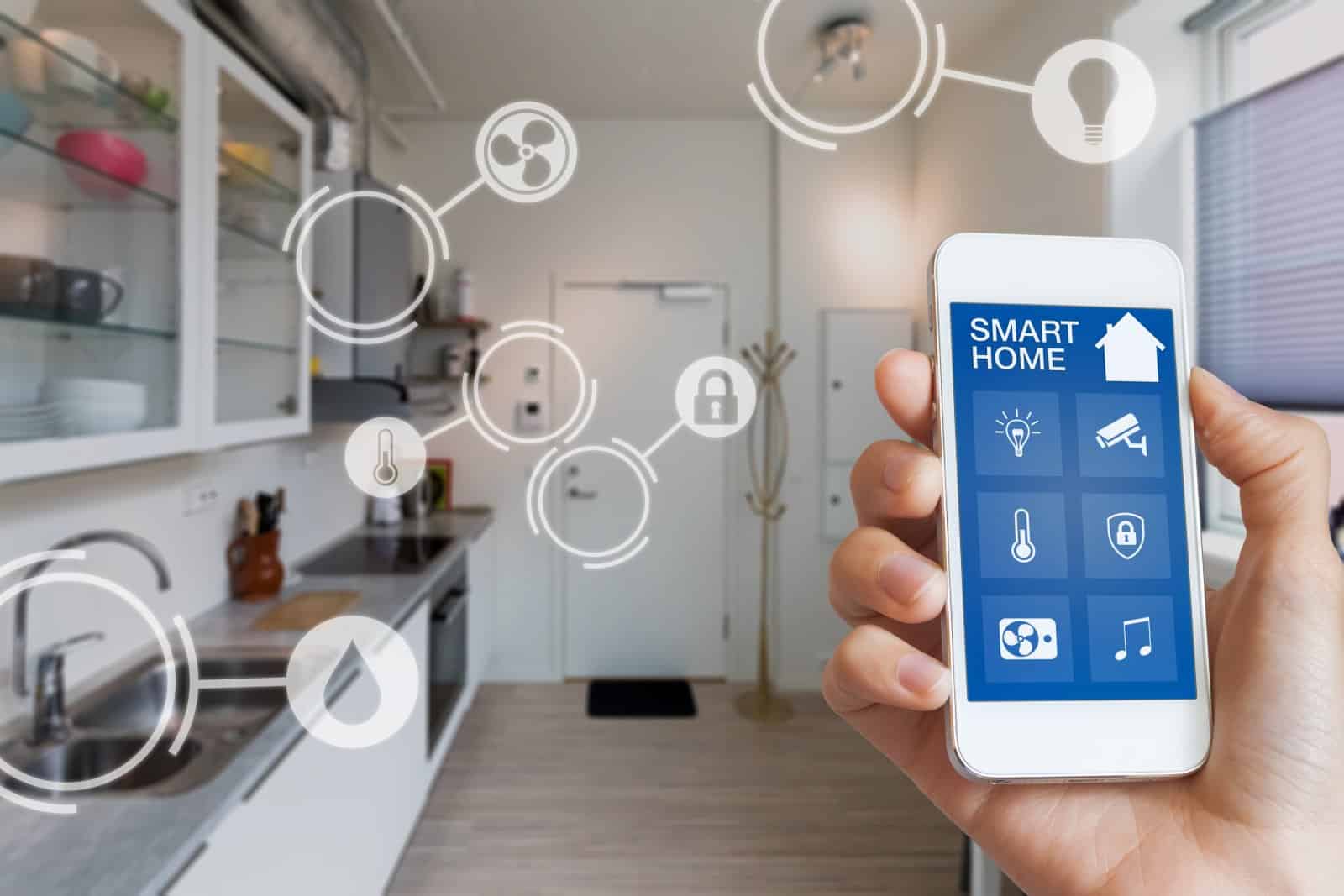
Image Credit: Shutterstock / NicoElNino
Use apps like Sense or EnergyHub to monitor and manage your energy consumption. These apps provide real-time data on your energy use and suggest ways to reduce it.
3. LED Lighting

Image Credit: Shutterstock / Barry Paterson
Switch to LED bulbs, which use up to 80% less energy than traditional incandescent bulbs and last much longer. Smart LED bulbs can also be controlled remotely via apps.
4. Solar Panels
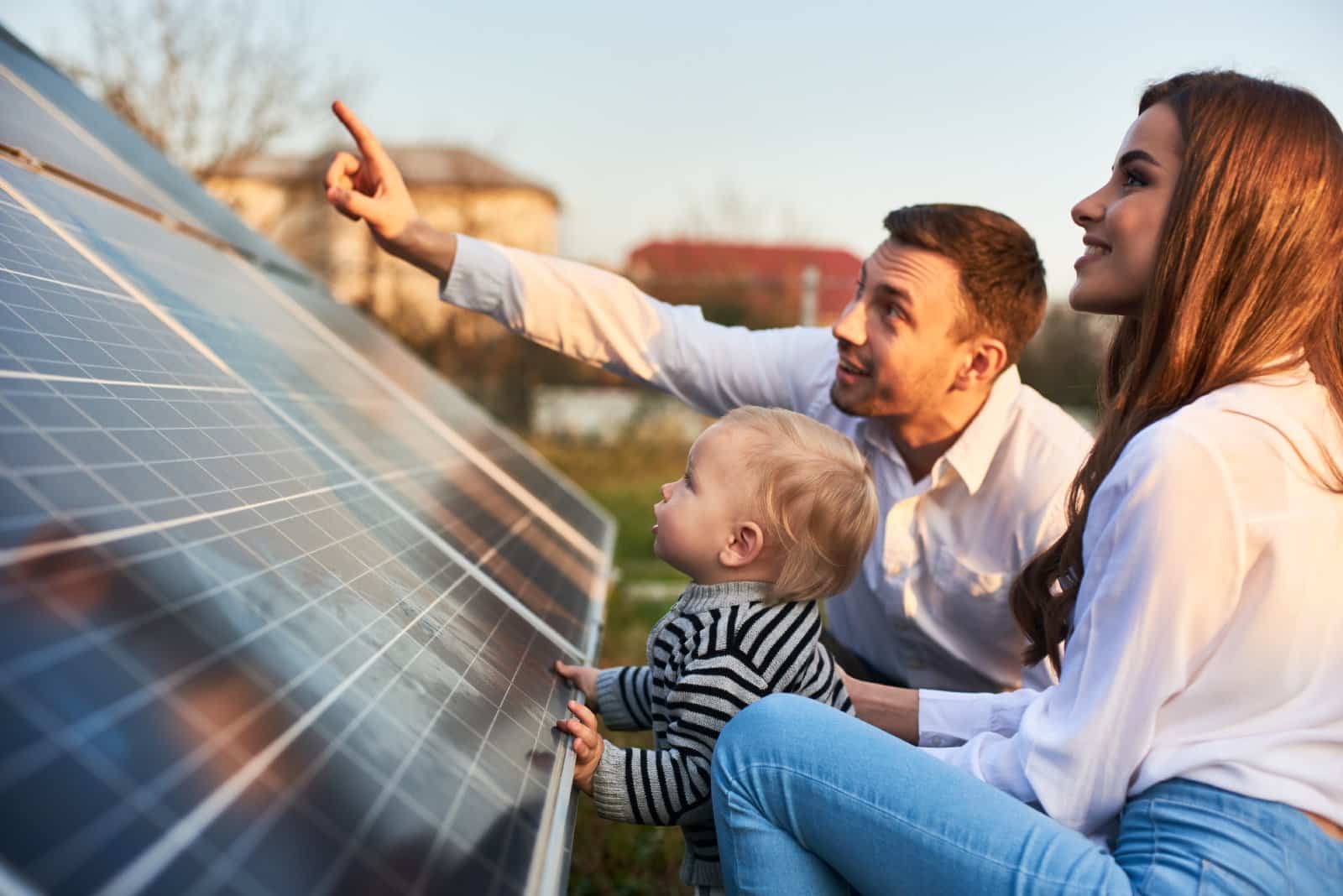
Image Credit: Shutterstock / anatoliy_gleb
Invest in solar panels to generate your own clean energy. Companies like Tesla and SunPower offer solar solutions that can significantly reduce your carbon footprint.
5. Electric Vehicles
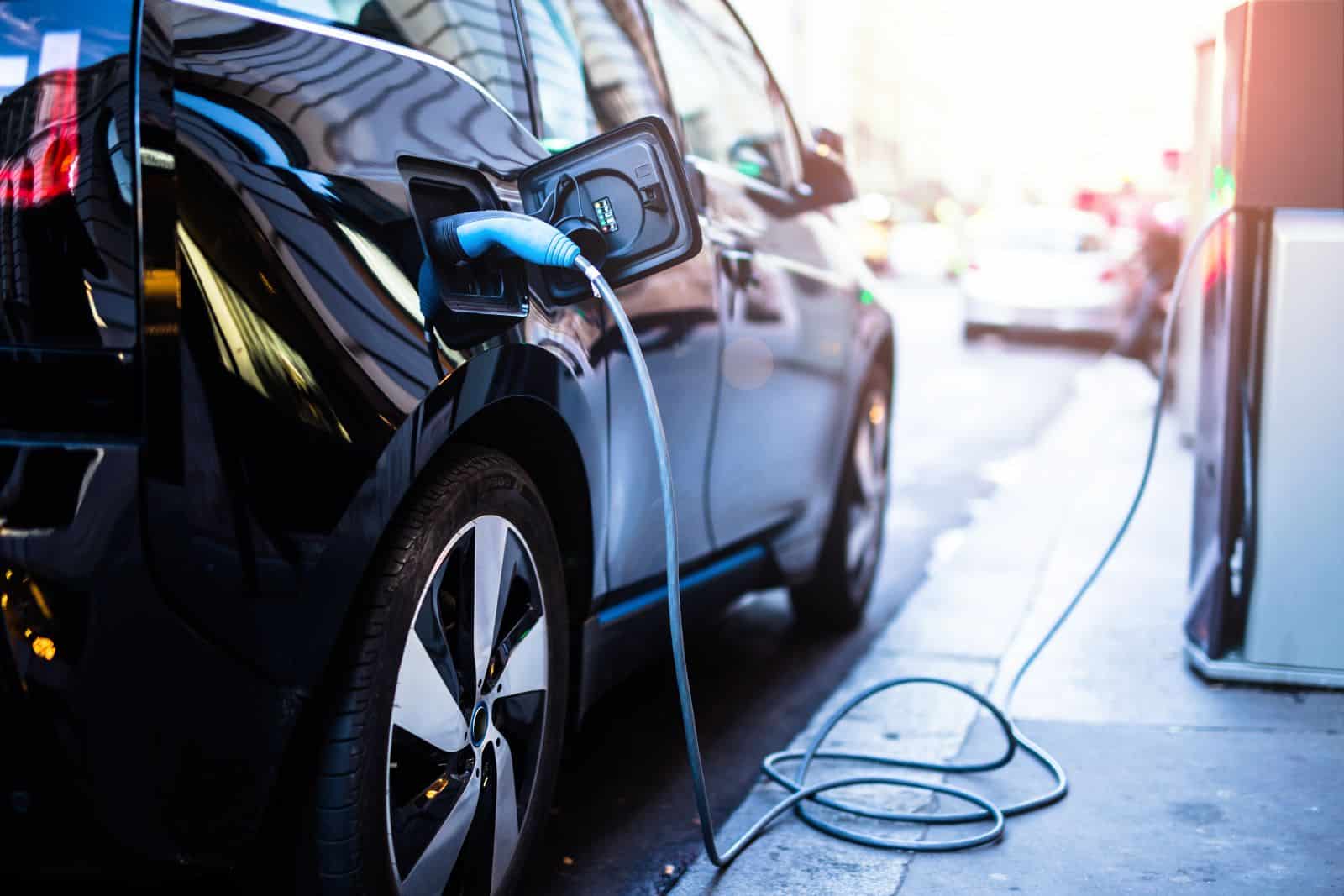
Image Credit: Shutterstock / guteksk7
Consider an electric vehicle (EV) like a Tesla or Nissan Leaf. EVs produce zero emissions and are more energy-efficient than traditional gasoline-powered cars.
6. Carpool and Ride-Sharing Apps

Image Credit: Shutterstock / Andrey_Popov
Use apps like Waze Carpool, BlaBlaCar, or Lyft Line to share rides and reduce the number of vehicles on the road. Carpooling saves money on gas and reduces traffic congestion.
7. Smart Plugs

Image Credit: Shutterstock / RossHelen
Smart plugs, like those from TP-Link or Belkin, allow you to control your appliances remotely. Turn off devices when not in use to save energy.
8. Water-Saving Gadgets
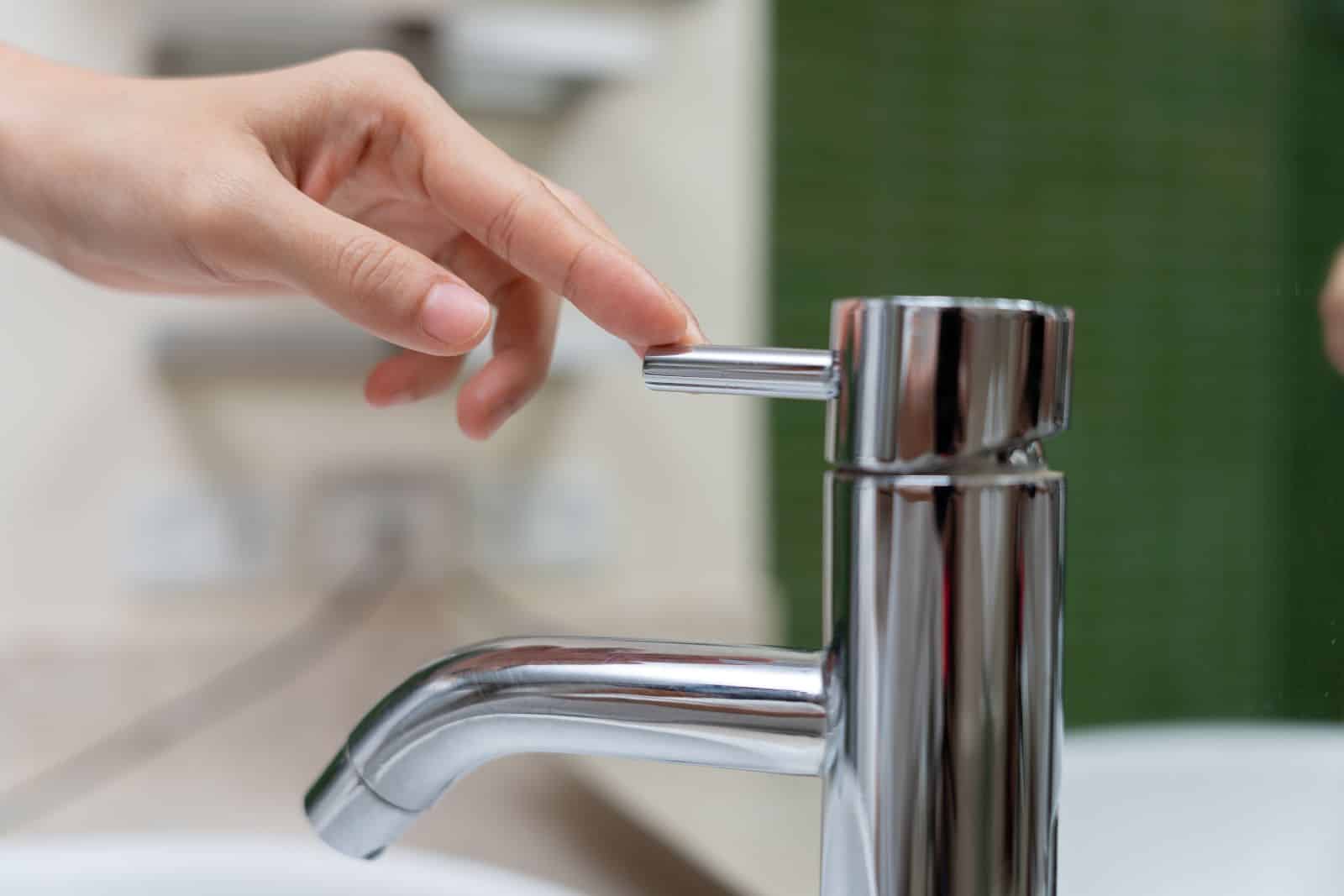
Image Credit: Shutterstock / shisu_ka
Install smart water monitors like Flume or Phyn to track your water usage and detect leaks. These devices can help you conserve water and lower your water bill.
9. E-Books and Digital Subscriptions

Image Credit: Shutterstock / Tada Images
Switch to e-books and digital subscriptions for your reading materials. This reduces paper waste and minimizes the environmental impact of book production and shipping.
10. Online Marketplaces for Secondhand Goods

Image Credit: Shutterstock / T. Schneider
Use platforms like eBay, Craigslist, or Facebook Marketplace to buy and sell secondhand items. This promotes reuse and reduces the demand for new products.
11. Smart Irrigation Systems

Image Credit: Shutterstock / bogubogu
Install a smart irrigation system like Rachio to water your garden more efficiently. These systems adjust watering schedules based on weather conditions to conserve water.
12. Home Energy Storage

Image Credit: Shutterstock / petrmalinak
Invest in home energy storage solutions like the Tesla Powerwall. These batteries store excess solar energy for use during peak times or power outages.
13. Virtual Meetings

Image Credit: Shutterstock / fizkes
Utilize video conferencing tools like Zoom or Microsoft Teams to reduce the need for travel. Virtual meetings save time, money, and reduce your carbon footprint.
14. Composting Gadgets

Image Credit: Shutterstock / ltummy
Use composting devices like Lomi or FoodCycler to turn food waste into compost quickly and efficiently. These gadgets make composting easy and odor-free.
15. Reusable Smart Water Bottles

Image Credit: Shutterstock / Anja Ivanovic
Purchase a smart water bottle like HidrateSpark, which tracks your water intake and reminds you to stay hydrated. Reducing plastic bottle use is beneficial for the environment.
16. Green Home Design Apps

Image Credit: Shutterstock / SFIO CRACHO
Use apps like Home Design 3D or Planner 5D to plan eco-friendly home renovations. These apps can help you design energy-efficient spaces and choose sustainable materials.
17. Public Transport Apps

Image Credit: Shutterstock / Drazen Zigic
Use apps like Transit or Citymapper to navigate public transportation efficiently. Opting for public transport over personal vehicles reduces emissions.
18. Digital Receipts

Image Credit: Shutterstock / fizkes
Opt for digital receipts instead of paper ones when shopping. Many stores offer this option, which reduces paper waste and clutter.
19. Eco-Friendly Search Engines
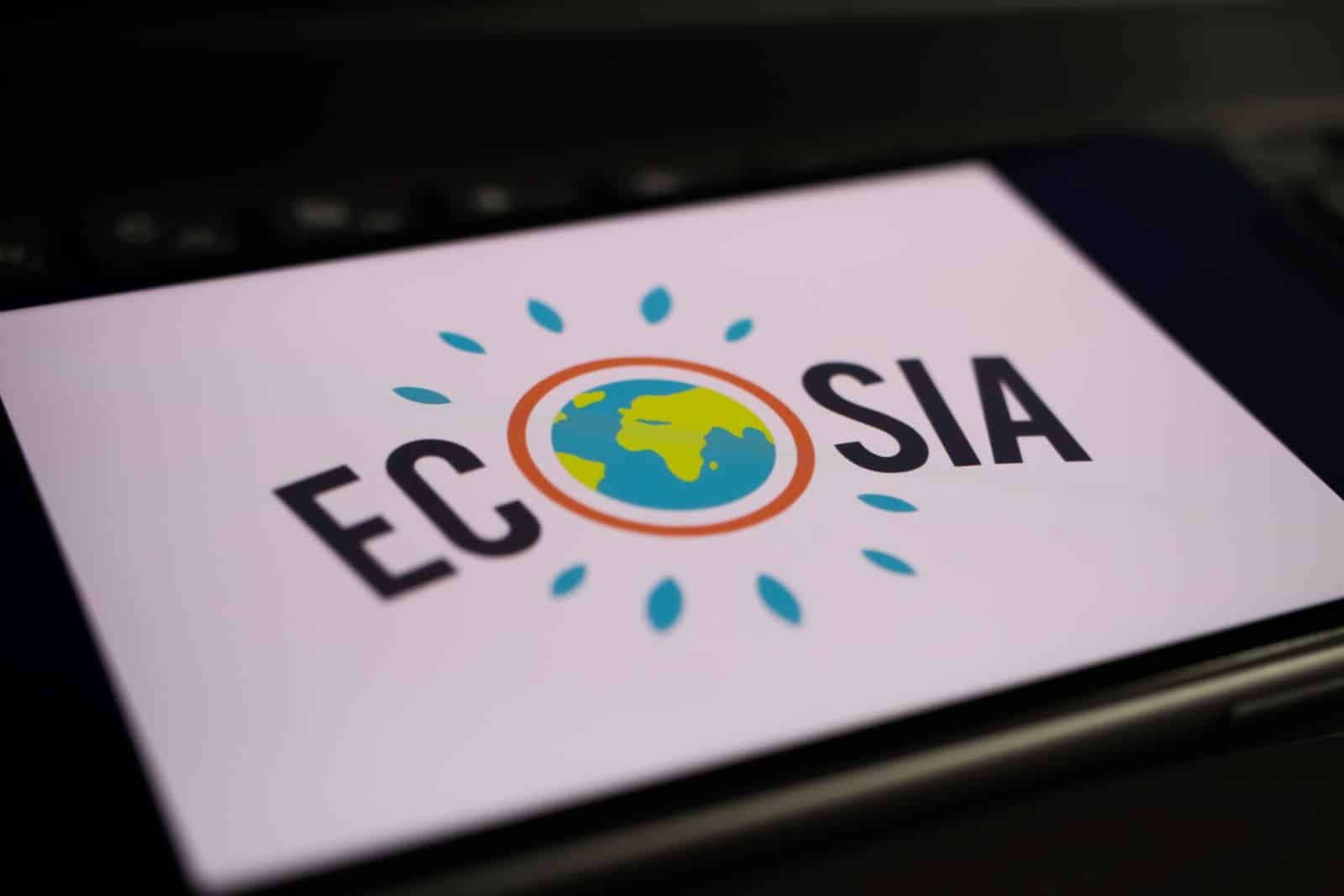
Image Credit: Shutterstock / Ralf Liebhold
Use search engines like Ecosia, which plants trees for every search you make. It’s a simple way to contribute to reforestation efforts.
20. Smart Home Hubs

Image Credit: Pexels / Fabian Hurnaus
Install a smart home hub like Amazon Echo or Google Home to control all your smart devices from one place. These hubs can help you manage energy use more effectively.
21. Online Sustainable Shopping

Image Credit: Shutterstock / simona pilolla 2
Shop from online retailers that prioritize sustainability, like EarthHero or Package Free Shop. These stores offer eco-friendly products and minimize packaging waste.
22. Telemedicine

Image Credit: Shutterstock / fizkes
Use telemedicine services for virtual doctor appointments. This reduces the need for travel and minimizes the environmental impact of healthcare.
23. Eco-Tracking Apps

Image Credit: Shutterstock / GaudiLab
Download apps like Oroeco or JouleBug to track your carbon footprint and get tips on how to reduce it. These apps gamify sustainable living and make it more engaging.
Final Thoughts

Image Credit: Shutterstock / DavideAngelini
Technology can be a powerful ally in the quest for sustainable living. By integrating these tools and practices into your daily routine, you can significantly reduce your environmental impact and live a more eco-friendly life. Start small, and gradually adopt more technologies to make a big difference over time.
Oil Dumping Scandal Rocks Ships Heading to New Orleans

Image Credit: Shutterstock / Aerial-motion
Two shipping companies have been fined after knowingly hiding a large oil spill in the Atlantic Ocean. Oil Dumping Scandal Rocks Ships Heading to New Orleans
20 Eye-Opening Realities Facing Retiring Baby Boomers

Image Credit: Shutterstock / Jack Frog
As Baby Boomers approach retirement, the promise of leisure and security often seems unattainable. This generation faces unique challenges that could redefine retirement. Here’s a stark look at the realities shaping their outlook. 20 Eye-Opening Realities Facing Retiring Baby Boomers
Retail Apocalypse: Massive Closures Sweep Across U.S. Brands

Image Credit: Shutterstock / Tada Images
Stores across the U.S. are closing at unprecedented levels, according to new research from advisory firm Coresight Research. Read on for more information about the impact this could have on you and your communities. Retail Apocalypse: Massive Closures Sweep Across U.S. Brands
The post 23 Innovative Tech Uses to Boost Your Sustainability Efforts first appeared on EcoHugo.
Featured Image Credit: Shutterstock / Owlie Productions
For transparency, this content was partly developed with AI assistance and carefully curated by an experienced editor to be informative and ensure accuracy.

